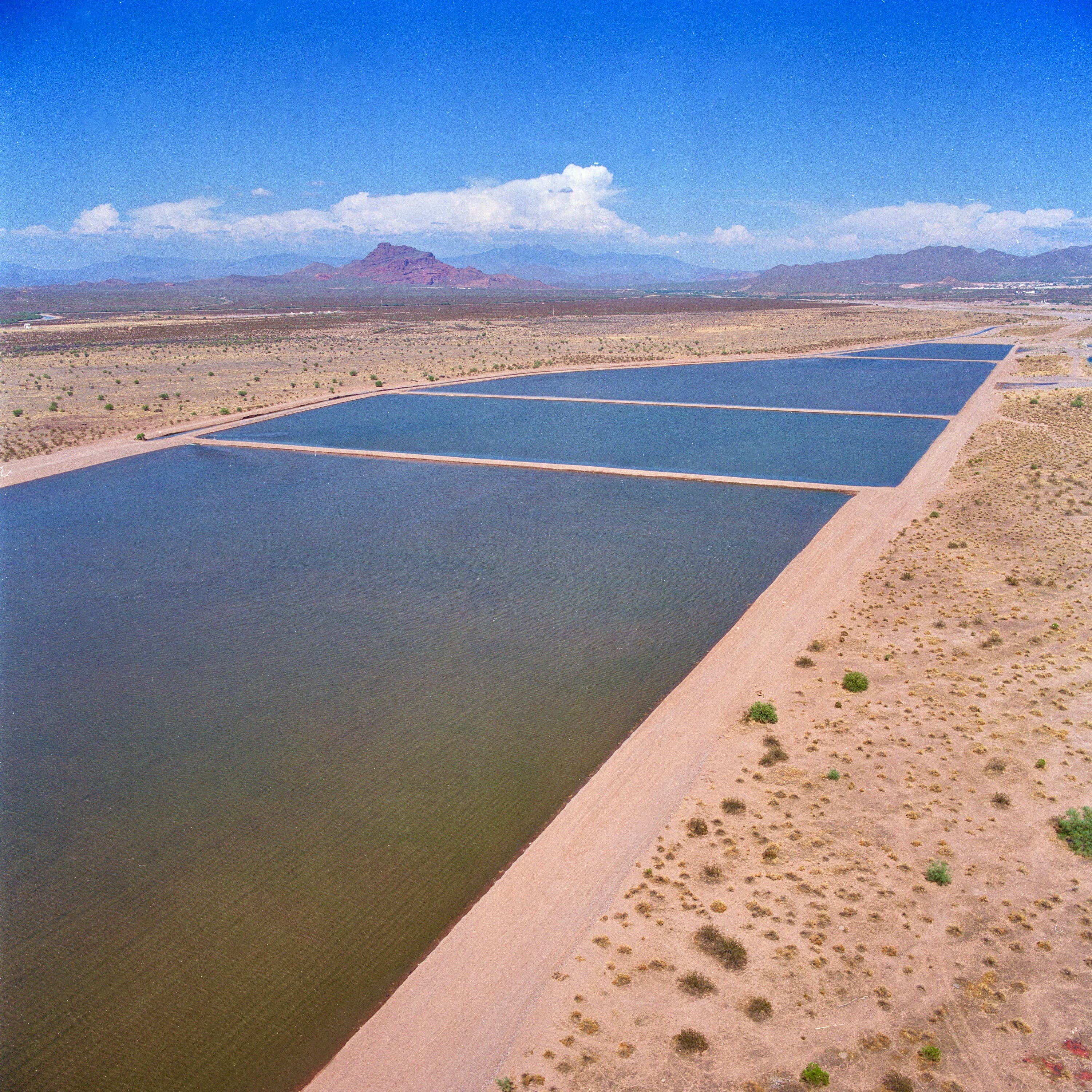AMWUA Blog
BY: Warren TenneyArizona Aquifers: Protecting The Water Beneath Our Feet

The aquifers containing groundwater beneath our feet are vital to our way of life. These aquifers help AMWUA cities manage their water supplies in three important ways. First, like the reservoirs behind dams, cities use the aquifers to temporarily store water for later recovery within the year. Second, like a savings account, cities use the aquifers to store surplus river water and treated wastewater supplies for times when surface water supplies are temporarily cut back. Finally, the aquifers contain significant amounts of natural groundwater that acts as the ultimate buffer against shortages in supplies delivered by the Central Arizona Project or Salt River Project .
With only about 7 inches of rain a year in the Phoenix Metro area, these aquifers naturally replenish very slowly. Much of the water in the aquifer is “fossil water,” trapped underground eons ago. It is not a renewable supply. When it is gone, it is gone. Therefore, we must carefully manage these aquifers.
Arizona recognized that aquifers hold vital back up supplies, but the state could not build an economy on a finite supply of groundwater. That realization prompted the Arizona’s 1980 Groundwater Management Act. The Act, in part, requires that in the most populous areas of the state, any water withdrawn from an aquifer by a utility must be offset by an equivalent amount of river or recycled wastewater stored there beforehand.
This part of the law is regulated by an accounting system that allows utilities to store water in one part of the aquifer and recover it from another. For example, a utility can store water at an aquifer storage facility in the East Valley to offset groundwater pumping from an aquifer in the West Valley. On paper, the aquifer is treated like one big bathtub. In reality, the two actions are physically separated. This physical separation of where water is stored in an aquifer from where it is subsequently pumped can lead to areas of localized groundwater depletion. Here is what happens when over-pumping groundwater depletes an aquifer.
- Depleted aquifers can collapse and cause irreversible land subsidence that cracks foundations, creates sinkholes, and damages critical infrastructure.
- Depleted aquifers that collapse can never hold as much groundwater again. The aquifer acts like a dried sponge that does not expand when rewetted.
- Depleted aquifers provide less of a buffer to help us avoid the effects of shortages in our river water supplies.
Aquifers serving AMWUA cities are in generally good health. In fact, aquifer conditions under AMWUA cities are improving in many areas. This is because the amount of water being stored in these aquifers is exceeding the amount being pumped from them. This is also because water resource managers at AMWUA cities make every attempt to store water as near as possible to where it is likely to be pumped.
While our aquifers are doing well overall, we still need to look for ways to improve our water management laws and policies to ensure our aquifers are resilient to stressors like surface water shortages and population growth. The physical disconnect between where water can be stored and subsequently pumped is one example of a management policy that could be improved to better protect our aquifers. Here are a few more goals Arizona needs to meet to protect its aquifers
- Update state rules to better facilitate the development of aquifer storage facilities closer to future pumping.
- Provide additional incentives or regulations to more closely link where water is pumped from to the aquifer to where it was stored.
- Curb the ability to buy and sell grandfathered groundwater pumping rights and then move those pumping rights to any aquifer the buyer wants to pump.
Visit AMWUA.org to learn more about this and other water challenges facing Arizona.
For 48 years, Arizona Municipal Water Users Association has worked to protect our member cities’ ability to provide assured, safe and sustainable water supplies to their communities. For more water information visit www.amwua.org .
